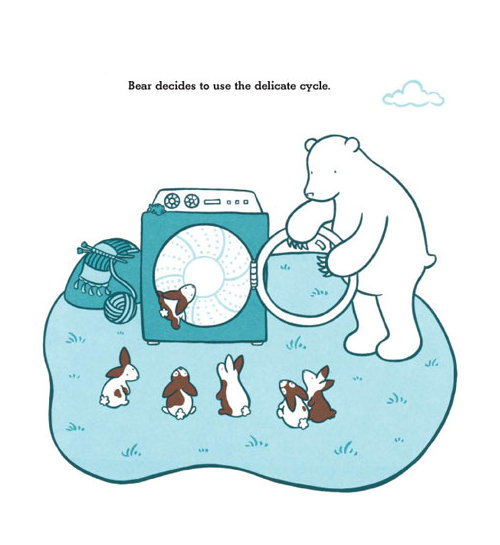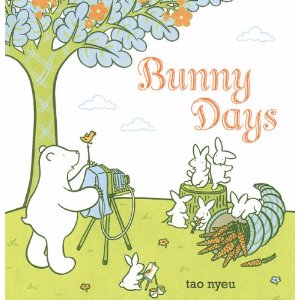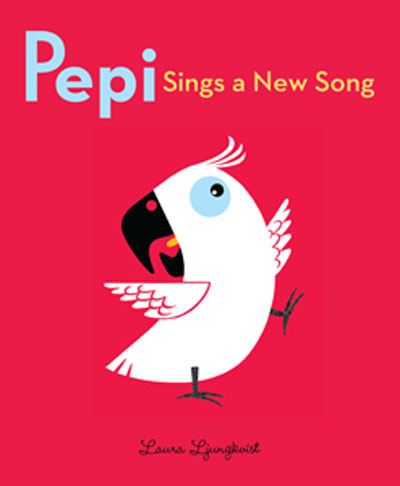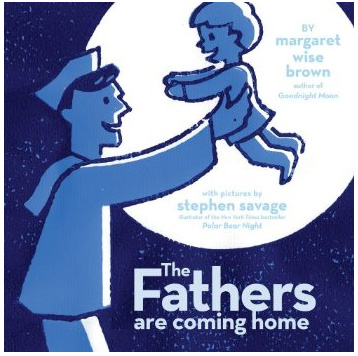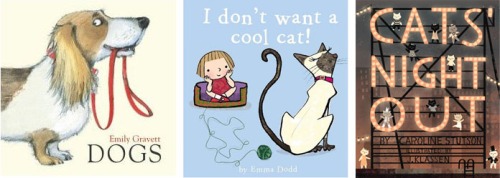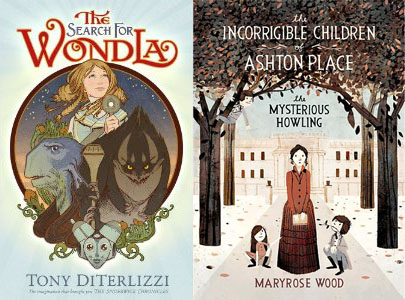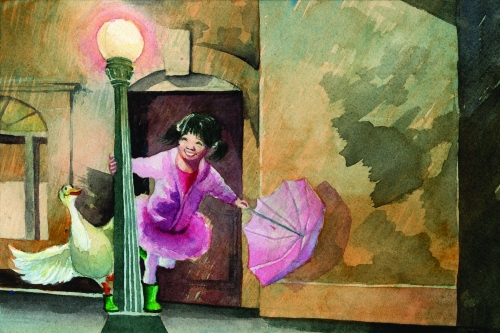As I mentioned, I already attended the Society of Illustrators’ Original Art Show during its opening, but the hustle and bustle of the event kept me from really getting a good look at all the pieces and reading the actual books. So the Putnam art and editorial crew took a field trip last Friday to spend a few hours there in relative quiet and share our likes/dislikes.
All of the books are obviously winners, and of course, there were plenty that I already knew I loved: Peter Brown’s Children Make Terrible Pets, Jan Jutte’s Sleepover At Grandma’s House, Lane Smith’s It’s A Book!. But I wanted to mention a few new titles that I discovered along the way. Here are my favorites:
1. Tao Nyeu – Bunny Days (Dial)
I was literally cooing and gasping with laughter aloud when I read this, as I couldn’t believe that a single book could be so adorable and disturbing at once! In three parts, Mr. and Mrs. Goat find various ways to accidentally muddy/trap/maim a group of baby bunnies, and Bear comes to the rescue… with, um, interesting solutions. Well-meaning Bear subjects the bunnies to the washing machine (and hangs them to dry!), a high-powered fan, and a sewing machine. AND THE BUNNIES ARE STILL CUTE! AND NOT DEAD! Hilarious.
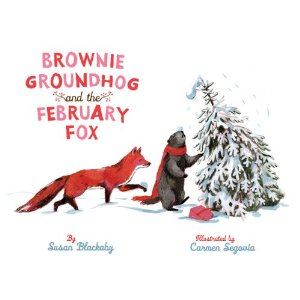 2. Carmen Segovia – Brownie Groundhog and February Fox (Sterling)
2. Carmen Segovia – Brownie Groundhog and February Fox (Sterling)
This was one of my favorite designed books at the show. I just love the wintery limited color palette with pops of red… reminds me of a modern version of classics like Mary Wore Her Red Dress. Plus, predator (Fox) and prey (Groundhog) become friends and share toast. Aw.
3. Laura Ljungkvist – Pepi Sings A New Song (Beach Lane Books)
The creator of Follow The Line comes out with a new – totally fun – picture book! Pepi the perpetually wide-eyed parrot puts a crazy spin on Twinkle Twinkle Little Star for his stargazing owner, Peter. I always feel that word books and digital illustrations can go so easily BLAH, but Ljungkvist brings both to a whole new level.
4. Steven Savage – The Fathers Are Coming Home (Margaret K. McElderry)
Sniffle alert! Margaret Wise Brown’s post-humous bedtime story is simple and touching, bringing a tear to my eye as all the animal fathers (and one returning sailor) come home to their babies at night. I’ve been enamored with Steven Savage’s atmospheric textured prints since he came into one of my illustration classes a few years ago, and as with Polar Bear Night, they’re once again the perfect complement.
5. It was raining cats and dogs this year! I’m not normally a fan of “big black eyes” on characters, but Emma Dodd’s I Don’t Want A Cool Cat makes it work (plus, the book rocks). Emily Gravett’s Dogs is just that: all the breeds you can think of, animated with her classy British restraint. And one of my favorite original art pieces on the wall was Jon Klassen’s Cat’s Night Out… it’s a crying shame that the printed book had a polluted, sepia hue not in the art itself. Klassen’s adorable little cats deserved more!
Despite what you may think, the show had more than picture books. I haven’t read Tony DiTerlizzi’s The Search For Wondla (I’m woefully behind on my middle-grade and YA novels), but the design was spectacular. Color in the interior! Gorgeous chapter openers! I wanna do that! The other book I must get my hands on is Jon Klassen’s The Incorrigible Children of Ashton Place Book 1: The Mysterious Howling. Like A Series Of Unfortunate Events, it looks like something I’d love as a kid, but is sophisticated enough for adults.
Now that I’ve checked out all (okay, most…) of the books in the show, I definitely recommend that y’all do the same before it closes next week. Go to there.

